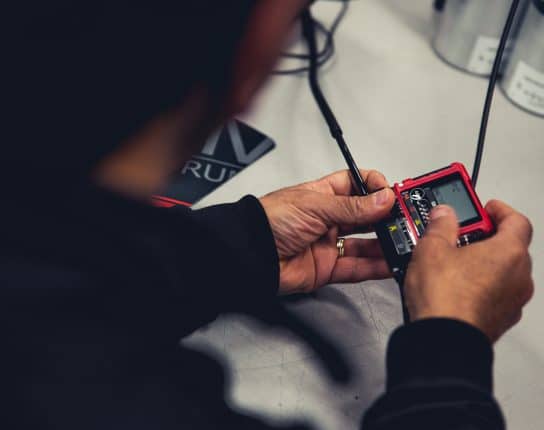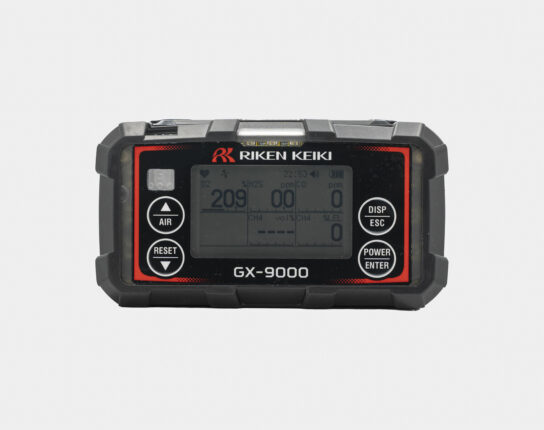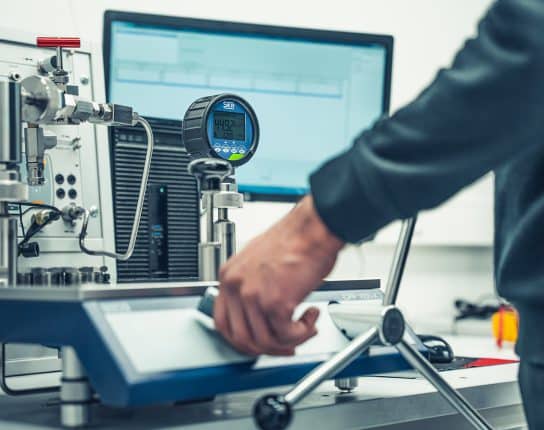
A complete guide: How to calibrate your flow meter
Flow meters serve as crucial instruments across industries, accurately measuring the flow rates of liquids or gases. Maintaining their precision requires regular calibration, a process integral to ensuring reliable data and preventing potential errors. In this guide, we’ll dive into the significance of flow meter calibration and outline steps to effectively calibrate your flow meter.
The significance of flow meter calibration
Flow meters are indispensable in industries such as oil and gas, pharmaceuticals, and manufacturing. Their accuracy directly impacts operational efficiency and product quality. Calibration holds importance due to several key reasons:
- Precision Assurance: Calibration aligns flow meter readings with actual flow rates, guaranteeing accurate data crucial for decision-making processes.
- Regulatory Compliance: Industries operate within stringent regulations. Regular calibration ensures adherence to these standards, meeting regulatory requirements consistently.
- Enhanced Processes: Accurate flow measurements contribute to process optimization, improving efficiency and minimizing waste or errors.
Steps for calibrating your flow meter
Calibrating a flow meter involves a series of steps tailored to the specific type and specifications of the meter. Here’s a general guideline to help you through the process:
Step 1: Know the manufacturer guidelines
Consult the manufacturer’s manual for precise calibration instructions. It provides in-depth information on procedures, recommended intervals, and necessary tools or equipment.
Step 2: Gather calibration equipment
Assemble the required tools and equipment for calibration, including a reference flow meter, calibration standards, and fittings necessary for adjustments.
Step 3: Create an optimal calibration environment
Ensure a controlled environment for calibration, maintaining stable temperature, pressure, and fluid conditions as specified in the manual.
Step 4: Initiate zero calibration
Start by zero calibration to eliminate any potential offset or bias. Adjust the flow meter to read zero when no flow passes through it.
Step 5: Execute span calibration
Apply a known flow rate to the meter to calibrate its maximum flow reading (span). Adjust the flow meter to match the expected output at this specific flow rate.
Step 6: Verify calibration
Post-adjustments, verify calibration by comparing the flow meter readings against the reference standard. Fine-tune adjustments if necessary for accuracy.
Step 7: Document calibration results
Keep comprehensive records of calibration activities, documenting the date, technician details, adjustments made, and verification results.
Step 8: Adhere to calibration schedule
Follow a consistent calibration schedule recommended by the manufacturer or industry standards to sustain accuracy.
Calibrating your flow meter is critical for maintaining accuracy, ensuring compliance, and optimizing processes across diverse industries. By adhering to manufacturer guidelines and conducting regular calibrations, you can elevate the reliability and efficiency of your flow meters, ultimately contributing to improved operations and product quality.
Service of flow meters
GMS Instruments is a specialised and authorised maintenance partner of various world leading brands. This means that all our service technicians are properly trained and educated by the manufacturer before handling your instrumentation. Because we are an authorised maintenance partner of leading manufacturers, we can keep a large stock of original spare parts. By continuing an inventory of original spare parts, we can react correct and swift at your service requests. All our service technicians are well trained to perform repairs, to minimize downtime for your process.
Related
More of the same



